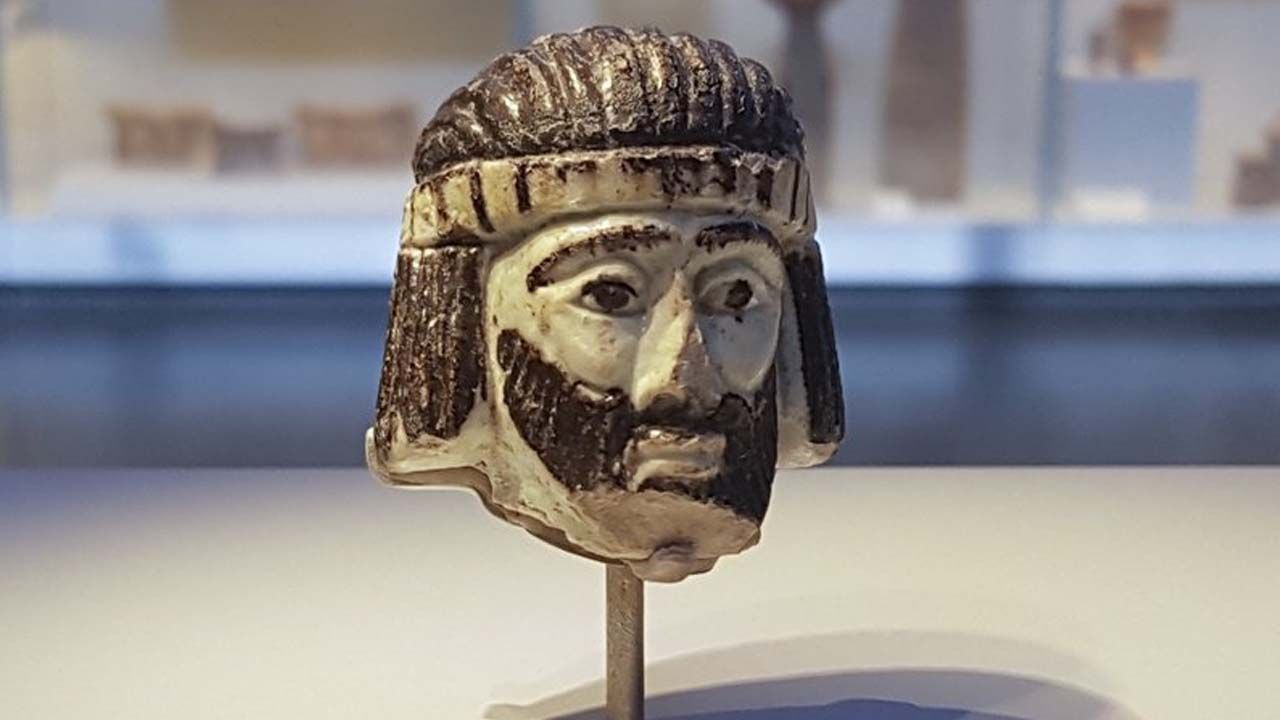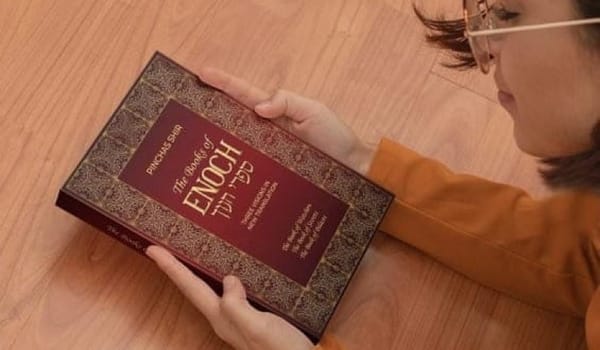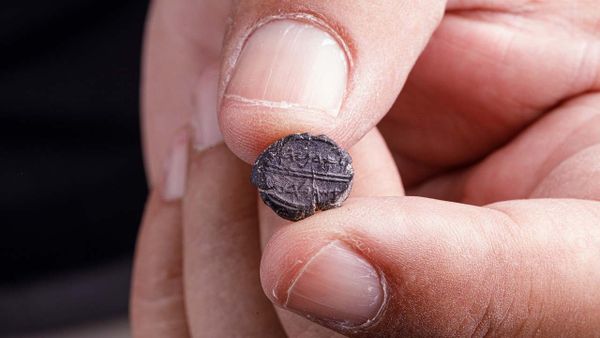A carefully sculpted head of an unknown 9th century BC Biblical king has been discovered in Israel and archaeologists are working hard to try and discover just who this mystery king was. The two-inch sculpture constructed out of faience is in excellent condition with only a small portion of the king’s beard missing, and is a dazzling example of art 3,000 years ago in the Holy Land, as AP News reports. Discovered in 2017 at the site of Abel Beth Maacah close to the Lebanon border, archaeologists have never come across a find quite like this before.
The sculpture was first found when archaeologists were working on excavating the floor of a structure that dates back to the Iron Age, and a volunteer ended up accidentally discovering the head. Researchers are certain that the sculpted head with a golden crown affixed to it was once a king, but they are unsure as to what kingdom this man would have once been in charge of in the distant past.
Archaeologists are aware that the 9th-century sculpture of the Biblical king’s head was found in a location that was once known as Abil al-Qamh, which bears a strong resemblance to another town that was described in the Book of Kings. At the time that this head would have been sculpted, Tyre, a Phoenician city, would have been found to the west, while the Arameans of Damascus were in control of the East. Archaeologists note that in Kings 1 15:20 it describes the site of Abel Beth Maacah as being one that was ruthlessly ransacked by King Ben Hadad.
Archaeologist Naama Yahalom-Mack explained that the site where the sculpted king’s head was discovered is a crucial one as Judah and Israel were at this time rival kingdoms.
“This location is very important because it suggests that the site may have shifted hands between these polities, more likely between Aram-Damascus and Israel.”
The recovery of the sculpture was such a profound one that the Israel Museum immediately put it out on display, with curator Eran Arie remarking that it is a beautifully crafted and highly unique piece of figurative art.
“In the Iron Age, if there’s any figurative art, and there largely isn’t, it’s of very low quality. And this is of exquisite quality.”
In terms of its construction, Yahalom-Mack described the 9th century sculpted Biblical king’s head as being one that could be defined as looking quite Semitic.
“The color of the face is greenish because of this copper tint that we have in the silicate paste. The guy kind of represents the generic way Semitic people are described.”
In terms of different Biblical kings that this sculpture could represent, the list of candidates is long and includes Ben Hadad, Ithobaal of Tyre, Hazael of Damascus, Ahab or Jehu of Israel. While archeologists continue to try and unravel the mystery of just who the sculpted Biblical king’s head could be, researchers from the Hebrew University will be performing further excavations in the area where the sculpture was first discovered.
Source: Kristine Moore published at www.inquisitr.com












Member discussion